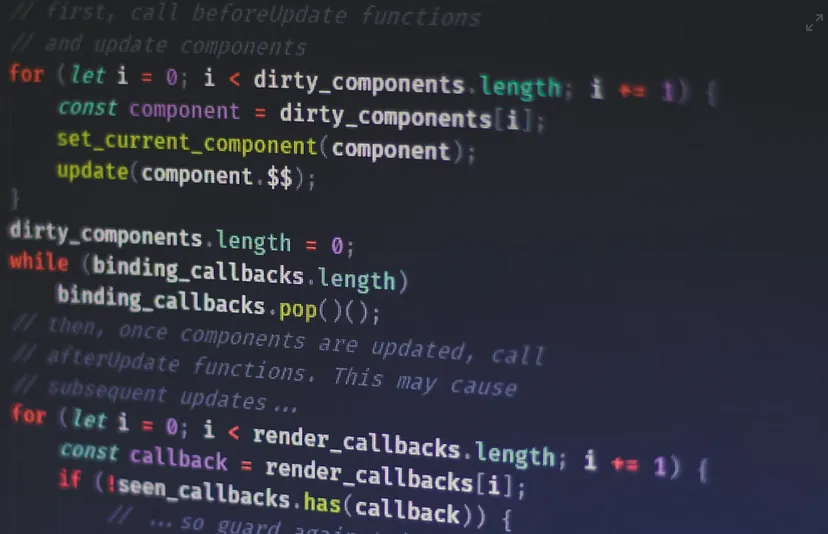Avoiding unnecessary re-renders is crucial for optimizing React applications, especially for performance-critical scenarios. Here are some common mistakes to watch out for:
- Not using shouldComponentUpdate or React.memo: When you have components that receive props or state updates frequently but don’t need to re-render every time, you can optimize them by implementing
shouldComponentUpdatefor class components or usingReact.memofor functional components. These methods allow you to define custom logic to determine whether a component should re-render. - Passing Functions as Props: Be careful when passing functions as props to child components. If the parent component re-renders unnecessarily, it can cause all its children, including those that don’t use the function prop, to re-render as well. To avoid this, use useCallback or useMemo to memoize the function and prevent unnecessary re-renders.
- Mutating Props or State Directly: Modifying props or state directly instead of immutably updating them can lead to unexpected re-renders. Always create new objects or arrays when updating state to ensure that React detects changes properly.
- Using Index as a Key: When rendering lists of elements, using the array index as the
keyprop can cause unnecessary re-renders when the list order changes. Instead, use a stable unique identifier for each item in the list. - Overusing Context: While Context is a powerful tool for passing data through the component tree without manually passing props at every level, overusing it can lead to unnecessary re-renders. Only use Context for data that truly needs to be shared across multiple components.
- Inefficient Event Handlers: Binding event handlers inline or creating new functions inside render methods can cause unnecessary re-renders, especially for components that frequently update. Instead, use useCallback to memoize event handlers.
- Not Using PureComponent or React.memo Wisely: PureComponent automatically implements a shallow comparison of props and state to determine if a component should update. However, it’s important to understand its limitations, especially when dealing with complex data structures. Similarly, React.memo is a higher-order component for functional components that performs a shallow comparison of props. Ensure that your data structures are suitable for shallow comparison when using these optimizations.
- Not Utilizing shouldComponentUpdate in Custom Hooks: If you’re building custom hooks that return memoized values, consider implementing a shouldComponentUpdate-like logic within the hook to prevent unnecessary re-renders when the hook’s dependencies haven’t changed.
By avoiding these common mistakes and adopting best practices for optimizing React applications, you can significantly improve performance and provide a smoother user experience.
Happy coding 🚀

